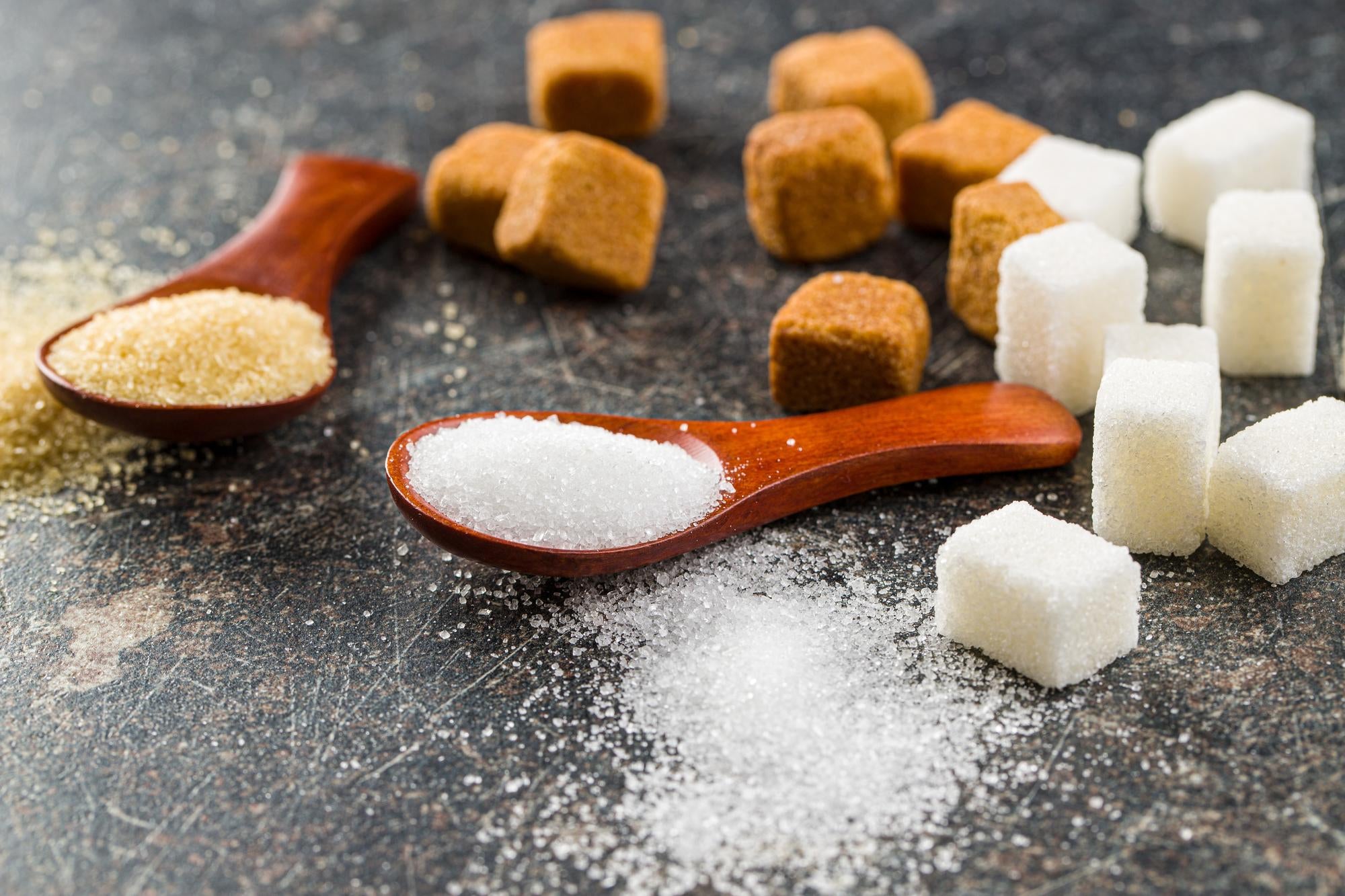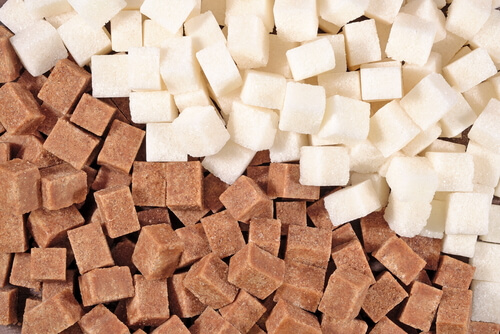Discover the Uses and Advantages of Beet Sugar Vs Cane Sugar in Your Daily Diet Plan
Discovering the distinct qualities of beet and cane sugar discloses greater than just their sweetening abilities; it highlights their special effect on wellness and cookeries. Beet sugar, known for its subtle flavor, is frequently favored in delicate desserts, whereas cane sugar, with its hint of molasses, adds richness to robust dishes. Each type holds its own nutritional profile and glycemic implications, inviting a deeper understanding of their roles in a balanced diet and lasting intake techniques.
Beginning and Manufacturing Processes of Beet and Cane Sugar

The distinctive climates and soil types needed for growing sugar beets and sugarcane add to distinctions in their cultivation practices and geographical distribution, affecting the business economics and sustainability of their production. beet sugar vs cane sugar.
Nutritional Contrast In Between Beet Sugar and Cane Sugar
Despite stemming from different plants, beet sugar and cane sugar are nutritionally very comparable, both mainly including sucrose. Each supplies regarding 4 calories per gram, converting to about 16 calories per teaspoon. Structurally, both sugars are made up of roughly 99.95% sucrose, with marginal amounts of various other compounds like moisture and trace element, which do not substantially alter their dietary profiles.

Ultimately, when selecting in between beet sugar and cane sugar based on dietary web content alone, both offer similar advantages and drawbacks as they are basically forms of the exact same particle-- sucrose, providing quick power without various other nutrients.
Impact on Health: Glycemic Index and Caloric Content
Checking out additionally right into the results of beet sugar and cane sugar on wellness, it is essential to consider their glycemic index and caloric content. Both sugars are classified as sucrose, which contains glucose and fructose. This composition leads them to have a similar effect on blood sugar levels. The glycemic index (GI) of both beet and cane sugar is around 65, categorizing them as high-GI foods, which can cause fast spikes in blood sugar degrees. This is a critical aspect for individuals managing diabetes or those attempting to maintain their power levels throughout the day.
Each kind of sugar contains around 4 calories per gram, making their calorie material equivalent. For those monitoring calorie intake, particularly when taking care of weight or metabolic health and wellness conditions, recognizing this equivalence is crucial (beet sugar vs cane sugar). Nevertheless, excessive consumption of any type of high-calorie, high-GI food can contribute to health problems such as obesity, heart problem, and insulin resistance.
Environmental and Economic Considerations of Sugar Manufacturing
Beyond health and wellness influences, the manufacturing of beet and cane sugar additionally raises significant environmental and economic worries. Sugar beet farming often tends to call for cooler environments and has a reduced geographical impact contrasted to sugar cane, which grows in exotic areas.
Additionally, using pesticides and fertilizers in both beet and cane sugar cultivation can lead to soil degradation and pollution, further impacting biodiversity and local water bodies (beet sugar vs cane sugar). The choice in between growing sugar beet or cane usually rests on neighborhood ecological problems and economic elements, making the sustainability of sugar production a complex concern
Culinary Applications and Taste Differences
While the environmental and financial elements of sugar production are without a doubt considerable, the selection between beet and cane sugar additionally influences culinary applications and taste profiles. Beet sugar, obtained from the sugar beet plant, is understood this content for its extremely neutral taste.
Walking stick sugar, drawn out from sugarcane, frequently retains molasses traces, which give a distinctive splendor and deepness. This minor molasses taste improves the intricacy of baked goods, sauces, and sauces. It is particularly preferred in items where a caramel touch is desired, such as in brownies or gingerbread. The slight variation in wetness web content in between beet and cane sugar can affect the structure and uniformity of recipes, making cane sugar a preferred option for certain dishes that profit from its Continued unique homes.

Verdict
Finally, both beet and cane sugar have distinctive origins and production procedures, supplying comparable nutritional profiles with mild distinctions in sodium content and taste. While their effect on health and wellness, particularly regarding glycemic index and calories, is equivalent, the option between them often steams down to environmental, economic variables, and particular culinary demands. Comprehending these aspects can lead customers in making informed choices that line up with their more helpful hints wellness goals and taste choices.
Comments on “The agricultural practices for beet sugar vs cane sugar contribute to differences in processing efficiency.”